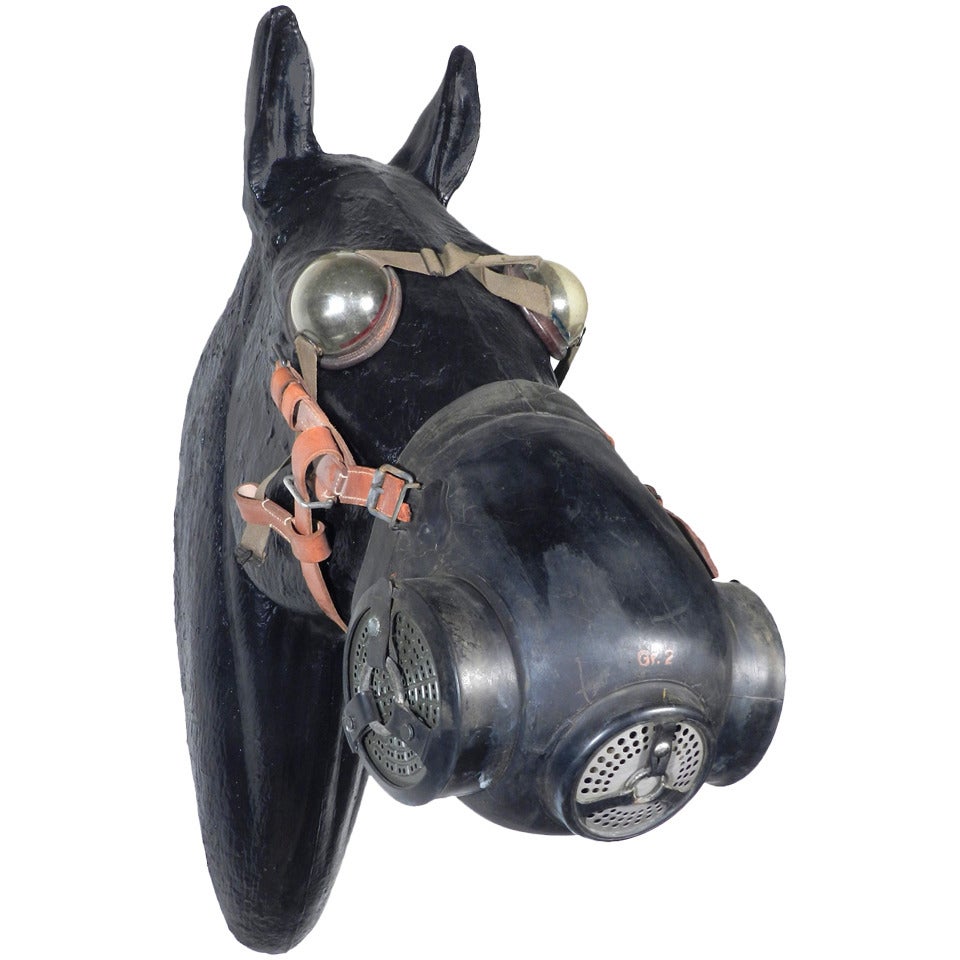

This canister gas mask had a tin can containing the absorbent materials by a hose and began to be issued in February 1916. In summer and autumn 1915, Edward Harrison, Bertram Lambert and John Sadd developed the Large Box Respirator. More elaborate sorbent compounds were added later to further iterations of his helmet (PH helmet), to defeat other respiratory poison gases used such as phosgene, diphosgene and chloropicrin. The design was adopted by the British Army and introduced as the British Smoke Hood in June 1915 Macpherson was appointed to the War Office Committee for Protection against Poisonous Gases. Macpherson presented his idea to the British War Office Anti-Gas Department on 10th of May 1915, with prototypes being developed soon after. A 50.5 cm × 48 cm (19.9 in × 18.9 in) canvas hood treated with chlorine-absorbing chemicals, and fitted with a transparent mica eyepiece. Seeking to improve on the Black Veil respirator, Cluny MacPherson created a mask made of chemical absorbing fabric and which fitted over the entire head. This was followed by the Black Veil Respirator, invented by John Scott Haldane, which was a cotton pad soaked in an absorbent solution which was secured over the mouth using black cotton veiling. As an immediate response was cotton wool wrapped in muslin issued to the troops by 1 May. The German army used poison gas for the first time against Allied troops at the Second Battle of Ypres, Belgium on 22 April 1915. The First World War brought about the first need for mass-produced gas masks on both sides because of extensive use of chemical weapons.


 0 kommentar(er)
0 kommentar(er)
